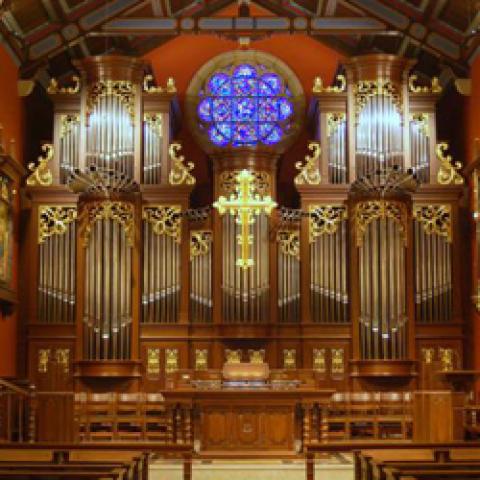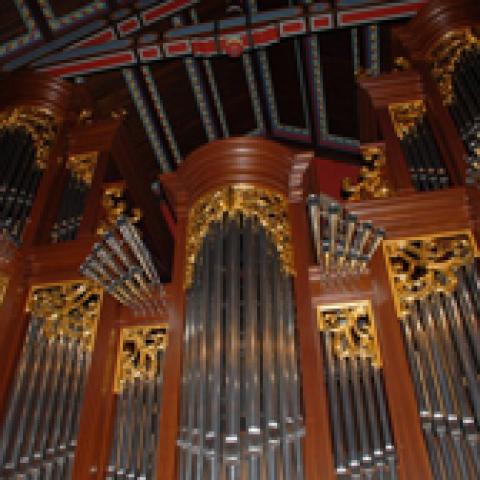
Christ Episcopal Church, Bradenton, Florida, announces its 2016–17 series:
November 20, Mozart Mass in C (“Sparrow”);
December 4, Advent Lessons & Carols;
12/11, Sarasota Young Voices;
January 22, 2017, Dexter Kennedy in recital;
1/29, lecture by Richard Benedum: Mozart’s Requiem;
February 19, Tenth Anniversary Recital on the Létourneau organ with Richard Benedum, Carol Hawkinson, Dwight Thomas, and the Christ Church Chorale; 2/26, Schubert, Mass in G;
March 12, Stephen Hamilton plays Dupré’s Le Chemin de la Croix.
Two concerts for the Sarasota-Manatee Bach Festival are hosted by Christ Church featuring Bach concertos, November 26 and March 5, 2017.
Advent organ recitals are offered: December 1, John Fraser Jull; 12/8, James Culver; 12/15, Richard Benedum and William Holt.
Lenten organ recitals are offered: March 2, 2017, Glen Olsen; 3/9, John Fenstermaker; 3/16, Cynthia Roberts-Greene; 3/23, Ann Stephenson-Moe; 3/30, Nancy Siebecker; April 6, Julane Rodgers, harpsichord.
The church features Létourneau pipe organ, Op. 96 (2007), three manuals, 68 stops.
For more information: www.christchurchswfla.org.






